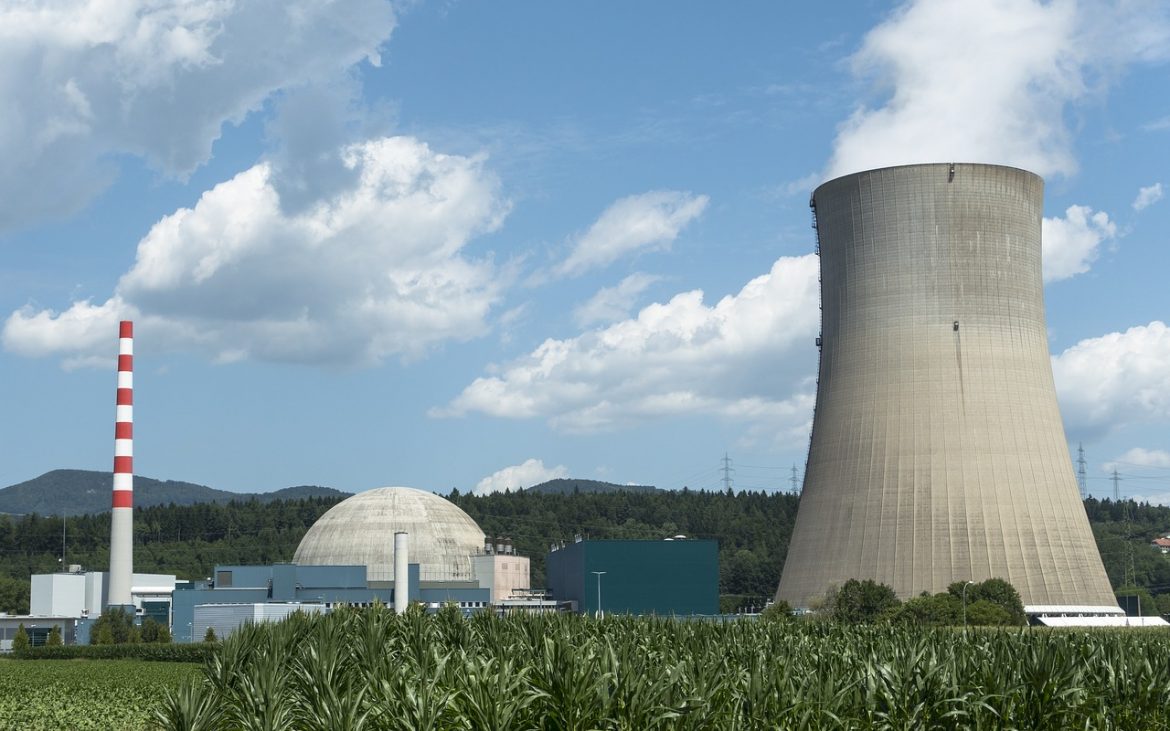T
he nuclear market is undergoing significant changes that should result in safer, more efficient energy production. As the world’s energy needs grow, innovators will need to discover new solutions. Currently, these three nuclear trends stand out as some of the most important things to know about the nuclear market.
The Nuclear Industry Is Undergoing a Digital Transformation
Many industry leaders see digitization as the future of nuclear energy. While some people outside of the industry worry about the effects of digitizing nuclear energy production, 75 percent of nuclear workers say that digitization is a positive development.
Digitization gives the industry tools that it has needed for decades. For instance, today’s energy producers can collect and analyze big data to diagnose potential problems and improve efficiency. With the help of big data and AI, companies can diagnose problems quickly by focusing on the most likely scenarios.
Big data and AI also makes it possible for energy companies to develop digital twins of their power plants. With a digital twin, it’s possible to see how power plants will behave in specific conditions. By digitizing nuclear reactors, energy producers can test different approaches to maintenance, production, and building future reactors.
Small Modular Reactors Are Gaining Prominence
Small modular reactors (SMR) are becoming more prominent because more people want the opportunities to produce electricity away from large electrical grids. For instance, a group of remote towns located far from any large cities might want an SMR to generate electricity instead of relying on other forms of power production.
SMRs also require smaller investments. Given their smaller sizes, it’s easier to fund the technology and construction required to install and manage SMRs.
Unfortunately, no countries have accepted SMRs enough to allow commercial manufacturing. Currently, there are at least 48 SMR designs, which makes it difficult for countries and companies to choose an industry standard.
Regardless of hesitations, more people are becoming interested in SMRs. At some point, this interest will likely lead to significant changes within the industry.
Connected Operators and VR Are Making the Industry More Secure
Everyone working within the nuclear market wants to make nuclear energy production safer. Connected operators and virtual reality (VR) are already improving the safety of nuclear production around the world.
Connected clothes improve security and safety by letting security systems monitor employees no matter where they go. Since their clothes are connected to networks, employees and visitors receive constant monitoring.
VR will continue to improve the industry’s safety by giving operators better ways to learn their jobs. VR environments can behave exactly like real-world environment, so employees get opportunities to learn how to react when potentially dangerous scenarios arise. Through improved training, people will know what to do when the unexpected happens.
Since several factors shape the market, it’s impossible to predict precisely where it will go. These three trends, however, seem like they’re here to stay.
